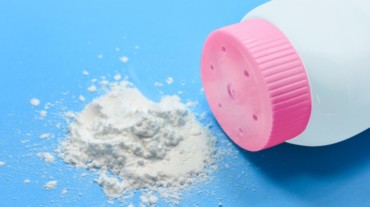
What’s an Indian summer without splashing cooling and fragrant talcum powder all over ourselves right? After all, if we’re not getting thanda-thanda cool-cool, then is it even summer? Even when the weather gets cooler and winter comes about, talcum powder is a must for many of us to prevent body odour. But of late, this hygiene staple has come under fire for its reported cancer-causing potential.
In a recent turn of events though, a major American government-led study has cleared talcum of its charges of causing cancer. The study also found no link between ovarian cancer and the use of talcum powder in the genital area, citing data from more than 250,000 women.
Also read: Now Google AI will help you in breast cancer detection, says study
The paper appeared in the influential Journal of the American Medical Association (JAMA).
In the 1970s, concerns arose over possible contamination of the mineral talc with asbestos, which often form alongside each other in nature. Some studies showed a higher risk of ovarian cancer among users of talcum powder, which was suspected of entering the ovaries via the vagina and uterus.
But the link remained contested because of the overall low number of studies conducted, with some of them criticized for a methodology that introduced recall bias among participants, while others were not statistically conclusive.
The effect is also difficult to isolate because ovarian cancers themselves are rare: only 1.3% of all women risk being affected in their lifetimes.
This study hence is that of unprecedented scale
In the new JAMA paper, led by Katie O’Brien of the National Institute of Environmental Health Sciences, researchers synthesized data from four large studies, which encompassed data from a quarter of a million women from 1982 to 2017.
The studies surveyed participants every year or two on a diverse set of questions related to health, including the use of talcum powder.
Select Topics of your interest and let us customize your feed.
PERSONALISE NOWThe hope was that by scaling up the number of participants, it would be possible to discern weak effects with statistical validity, which would have been undetectable on a smaller population.
Also read: Breast cancer is an epidemic. Here’s how you can reduce your risk
Among the 252,745 women followed for a median period of 11.2 years, 2,168 developed ovarian cancer.
No statistically significant association was found when comparing women who had used powder and those who had never used it. Nor was any significant association found when comparing frequency or length of use.
But although the study is the largest of its kind with the longest follow-up time, the authors said there were several limitations.
These included that two of the four data sets missed information on frequency and duration of use.
With inputs from Agence France-Presse (AFP)